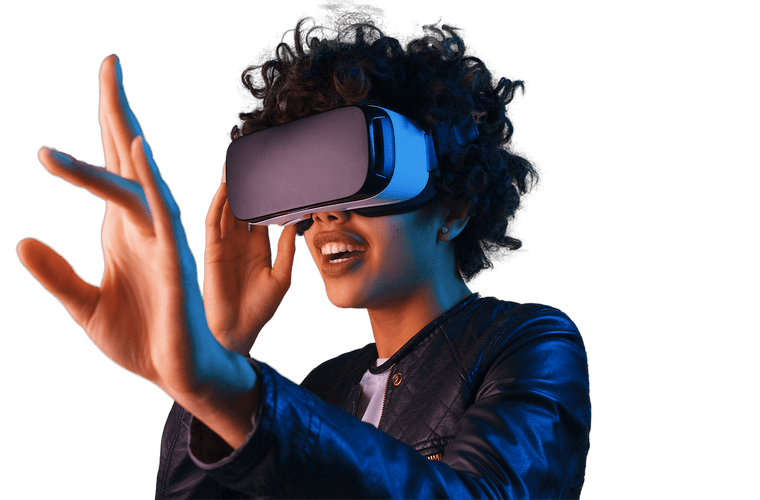When playing virtual reality games, many users can experience feelings of alienation. Surprisingly, this occurs not just with regard to reality itself, but even related to the virtual environment they are playing in. Because virtual reality lacks experiences for all five senses, focusing primarily on sight and sound, the virtual experience has yet to fully match what we experience in our waking reality.
This may soon change, though, as researchers from Carnegie Mellon University are creating their own type of virtual reality headset designed to create sensations for an individual’s mouth and hands using ultrasound.
Background: What is Ultrasound?
Most individuals are familiar with ultrasound in a medical setting. From pregnancy to imaging injuries, ultrasound is helpful for doctors to understand the internal workings of a patient without surgery. Using sound waves that have a frequency greater than 20 kHz, an ultrasound machine can penetrate different tissues to create images. Recently, this technology has also been used to help destroy cancerous tumors and stimulate bone growth. Because of the versatility of ultrasounds, they can also be used in physical therapy to help treat sprains, aches, tendonitis, and other issues. For the researchers at Carnegie Mellon University, they hoped to use this technology to stimulate feelings of touch.
Analysis: Virtual Reality Gets an Upgrade
In working on developing a virtual reality headset that would stimulate touch, the researchers targeted an individual’s mouth and hands. According to a Ph.D. student at Carnegie Mellon’s Robotics Institute, Vivian Shen: “You can’t really feel it elsewhere; our forearms, our torso-those areas lack enough of the nerve mechanoreceptors you need to feel the sensation.” To target the mouth specifically, the researchers modified a Quest 2 virtual reality headset to include 64 ultrasound transducers on it. These transducers sat right above the lips. Because of their positions, the transducers could influence each other. “If you time the firing of the transducers just right, you can get them all to constructively interfere at one point in space,” Shen explained. For the researchers, that point was an individual’s mouth or tongue.
The researchers tested their modified headset on 16 participants, using ultrasonic vibrations, pulsing, and swipes to simulate sensation on the hands and mouth. All participants reported that these effects enhanced their virtual reality experiences. Some effects were more successful than others, such as brushing teeth or feeling raindrops from an open window. Other effects were confusing, such as drinking from a water fountain. “It’s weird because you feel the water, but it’s not wet,” Shen added. These sorts of effects need some getting used to, and can cause users to feel dizzy or experience cybersickness. With this in mind, should this headset be used, many individuals may need to be warned about these disorienting effects.
Outlook: Getting More Lifelike
This study shows that virtual reality is continuing to become more lifelike. While headsets with these mouthparts most likely won’t be commercially adopted, as they’re seen as too bulky, they do show another way to blur the line between the real world and the virtual one. As this industry continues to grow, it will be no surprise to find more researchers working on blurring this line even further.
Kenna Castleberry is a staff writer at the Debrief and the Science Communicator at JILA (a partnership between the University of Colorado Boulder and NIST). She focuses on deep tech, the metaverse, and quantum technology. You can find more of her work at her website: https://kennacastleberry.com/

